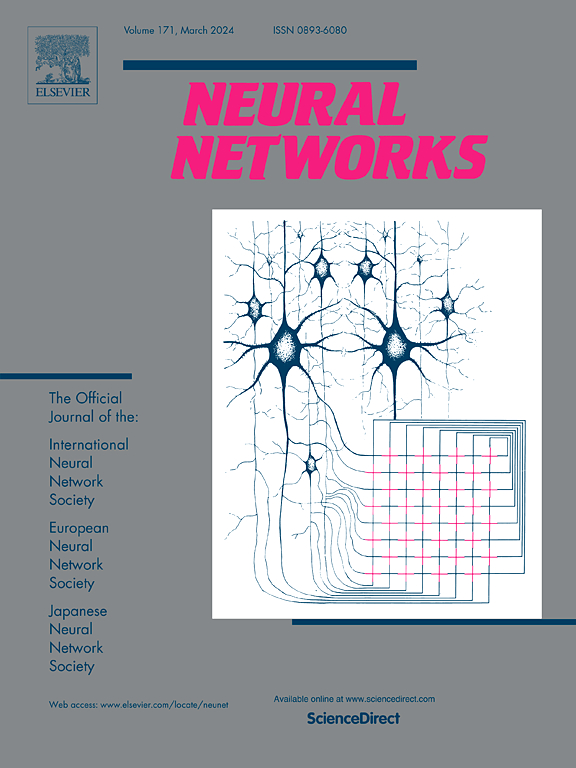Rectangling and enhancing underwater stitched image via content-aware warping and perception balancing
IF 6
1区 计算机科学
Q1 COMPUTER SCIENCE, ARTIFICIAL INTELLIGENCE
引用次数: 0
Abstract
Single underwater images often face limitations in field-of-view and visual perception due to scattering and absorption. Numerous image stitching techniques have attempted to provide a wider viewing range, but the resulting stitched images may exhibit unsightly irregular boundaries. Unlike natural landscapes, the absence of reliable high-fidelity references in water complicates the replicability of these deep learning-based methods, leading to unpredictable distortions in cross-domain applications. To address these challenges, we propose an Underwater Wide-field Image Rectangling and Enhancement (UWIRE) framework that incorporates two procedures, i.e., the R-procedure and E-procedure, both of which employ self-coordinated modes, requiring only a single underwater stitched image as input. The R-procedure rectangles the irregular boundaries in stitched images by employing the initial shape resizing and mesh-based image preservation warping. Instead of local linear constraints, we use complementary optimization of boundary–structure–content to ensure a natural appearance with minimal distortion. The E-procedure enhances the rectangled image by employing parameter-adaptive correction to balance information distribution across channels. We further propose an attentive weight-guided fusion method to balance the perception of color restoration, contrast enhancement, and texture sharpening in a complementary manner. Comprehensive experiments demonstrate the superior performance of our UWIRE framework over state-of-the-art image rectangling and enhancement methods, both in quantitative and qualitative evaluation.
通过内容感知扭曲和感知平衡对水下拼接图像进行矩形化和增强
由于散射和吸收的原因,单幅水下图像在视野和视觉感知方面往往受到限制。许多图像拼接技术都试图提供更宽的视角范围,但拼接后的图像可能会出现难看的不规则边界。与自然景观不同,水中缺乏可靠的高保真参照物,这使得这些基于深度学习的方法的可复制性变得更加复杂,从而导致跨领域应用中出现不可预测的失真。为了应对这些挑战,我们提出了水下宽视场图像矩形化和增强(UWIRE)框架,该框架包含两个程序,即 R 程序和 E 程序,这两个程序都采用自协调模式,只需要一个水下拼接图像作为输入。R 程序通过调整初始形状大小和基于网格的图像保存扭曲,对拼接图像中的不规则边界进行矩形化处理。我们使用边界-结构-内容的互补优化来代替局部线性约束,以确保外观自然,失真最小。E 程序通过采用参数自适应校正来平衡各通道的信息分布,从而增强矩形图像。我们进一步提出了一种贴心的权重引导融合方法,以互补的方式平衡色彩还原、对比度增强和纹理锐化的感知。综合实验证明,我们的 UWIRE 框架在定量和定性评估方面都优于最先进的图像纠偏和增强方法。
本文章由计算机程序翻译,如有差异,请以英文原文为准。
求助全文
约1分钟内获得全文
求助全文
来源期刊

Neural Networks
工程技术-计算机:人工智能
CiteScore
13.90
自引率
7.70%
发文量
425
审稿时长
67 days
期刊介绍:
Neural Networks is a platform that aims to foster an international community of scholars and practitioners interested in neural networks, deep learning, and other approaches to artificial intelligence and machine learning. Our journal invites submissions covering various aspects of neural networks research, from computational neuroscience and cognitive modeling to mathematical analyses and engineering applications. By providing a forum for interdisciplinary discussions between biology and technology, we aim to encourage the development of biologically-inspired artificial intelligence.
 求助内容:
求助内容: 应助结果提醒方式:
应助结果提醒方式:


